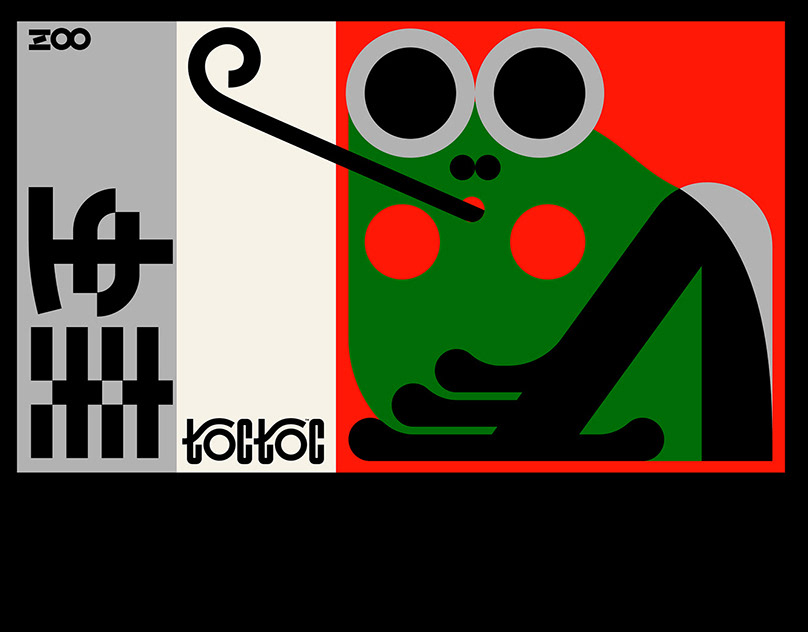
Client: NGO Marathon Sarajevo
Services: Visual Identity for 12th Sarajevo Sberbank Half Marathon
Year: 2018
Design and Concept: Sanjin Halilovic
GIF Animation: Anaid Mekic
GIF Animation: Anaid Mekic
Photography: Vanja Cerimagic, Zoltan Ferkó, Adi Kebo, Sanjin Halilovic
Video: V&M Production
Video: V&M Production
About:
NGO “Marathon” Sarajevo exists since 2007, but our desire to promote a healthy lifestyle while building a healthier and more active society had existed long before founding our NGO. As an organization, we offer a unique blend of organizational skills and experience in running at all levels and for that reason, we are able to fully understand the needs of our partners-sponsors, as well as the needs of the runners and recreational runners.
Our key personnel consist of highly educated managers who, as part of their daily business activities, manage teams and budgets. In addition, they are also experienced runners who run approximately 3500 km per year each, and have a strong desire to contribute to making a better society.
Our key personnel consist of highly educated managers who, as part of their daily business activities, manage teams and budgets. In addition, they are also experienced runners who run approximately 3500 km per year each, and have a strong desire to contribute to making a better society.
Concept:
The idea that lies behind the Sarajevo Sberbank Half Marathon visual image is the symbol of a postage stamp with the architectural sights of Sarajevo (Sarajevo City Hall, Sebilj, Goat's Bridge, Sarajevo Cable Car) located along the running path. The aim is for of the runners to experience the city in a special way, where the monuments will remind them of the beautiful memories they experienced during the 12th Sarajevo Half Marathon, and their stay in the capital of Bosnia and Herzegovina.
INSPIRATION

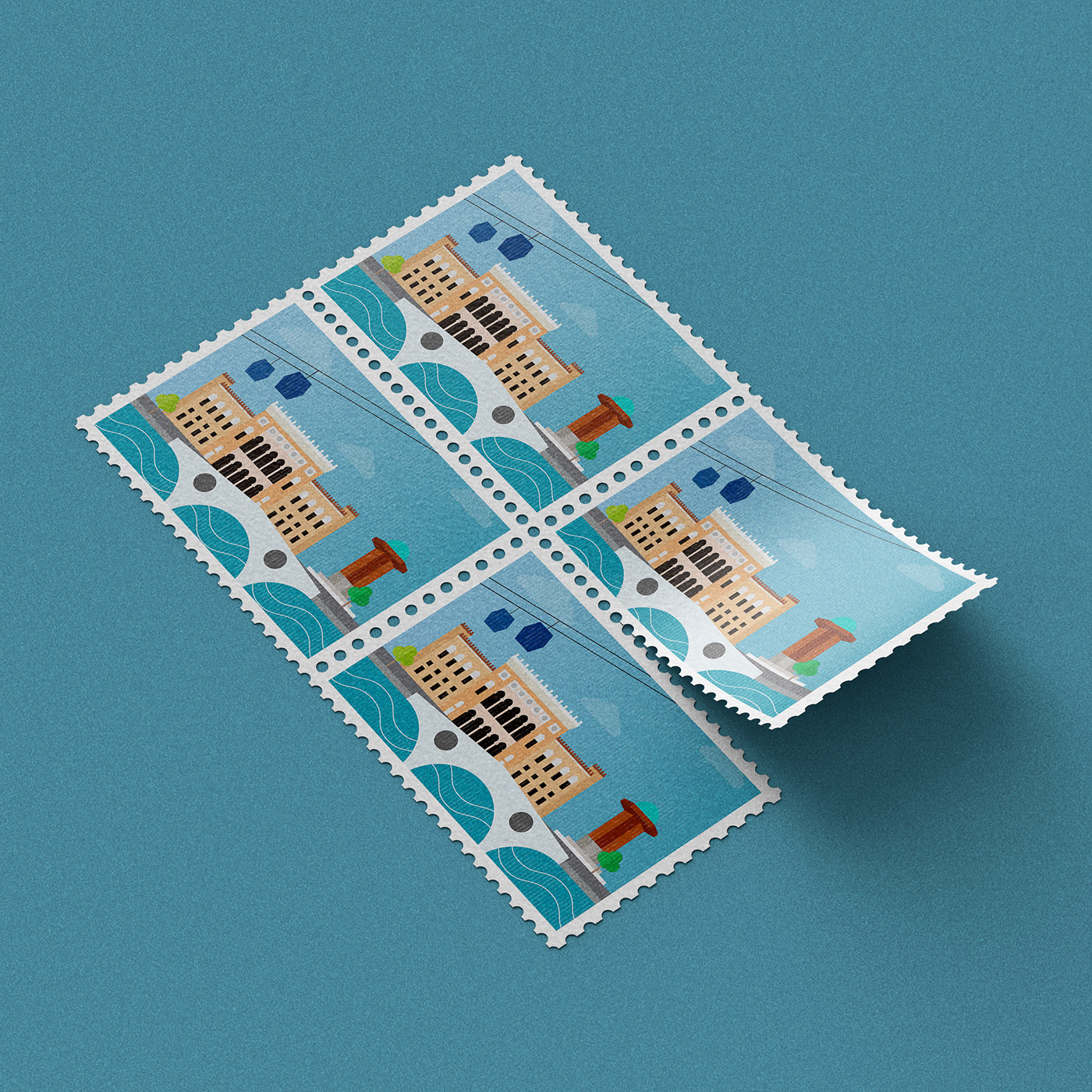
Vijećnica is the most extravagant building constructed in Sarajevo during Austro-Hungarian occupation and serves as a symbol of the meeting of world civilizations.
The project was overseen by Alexander Wittek, who had proposed his Pseudo Moorish design – the perfect architectural unity of East and West – for the future seat of the city’s government.
Since it first opened on April 20, 1896, the building has become the most important symbol of Sarajevo and is featured as an iconic motif in many photographs of the city.
After World War II, Vijećnica became home to the National and University Library of BiH.
On the nights of August 25-26, 1992 during the last war, Vijećnica was set ablaze. Nearly 90% of the library's collection went up in flames and the building became a symbol of the Siege and tragedy of Sarajevo.
Vijećnica’s reconstruction got underway in 1996 and the official opening took place on May 9, 2014, the same day that Europe Day and the Day of Victory over Fascism are observed.
Source (Destination Sarajevo)
https://sarajevo.travel/en
https://sarajevo.travel/en

Sebilj Sarajevo: There used to be hundreds of sebiljs (kiosk-shaped public fountains) in Sarajevo, but today the last one is found on Baščaršija Square, where it serves as a major symbol of the city.
The origins of these fountains can be traced back to the Arabian Peninsula and the custom of building sebiljs was brought to Bosnia and Herzegovina by the Ottomans. Sebiljdžija, workers who received wages from the state or a vakuf (endowment), manned the kiosks and dispensed free water to hungry passersby.
This sebilj in Baščaršija dates back to the Austro-Hungarian period. The original one, built by Mehmed Pasha Kukavica, was several meters away from where Sebilj now stands, but was knocked down after being damaged during a fire.
Alexander Wittek’s design for Baščaršija’s Sebilj is in the Pseudo Moorish style and was installed in 1913. It underwent renovation before the XIV Winter Olympic Games were held and again after the last war.
Source (Destination Sarajevo)
https://sarajevo.travel/en
https://sarajevo.travel/en
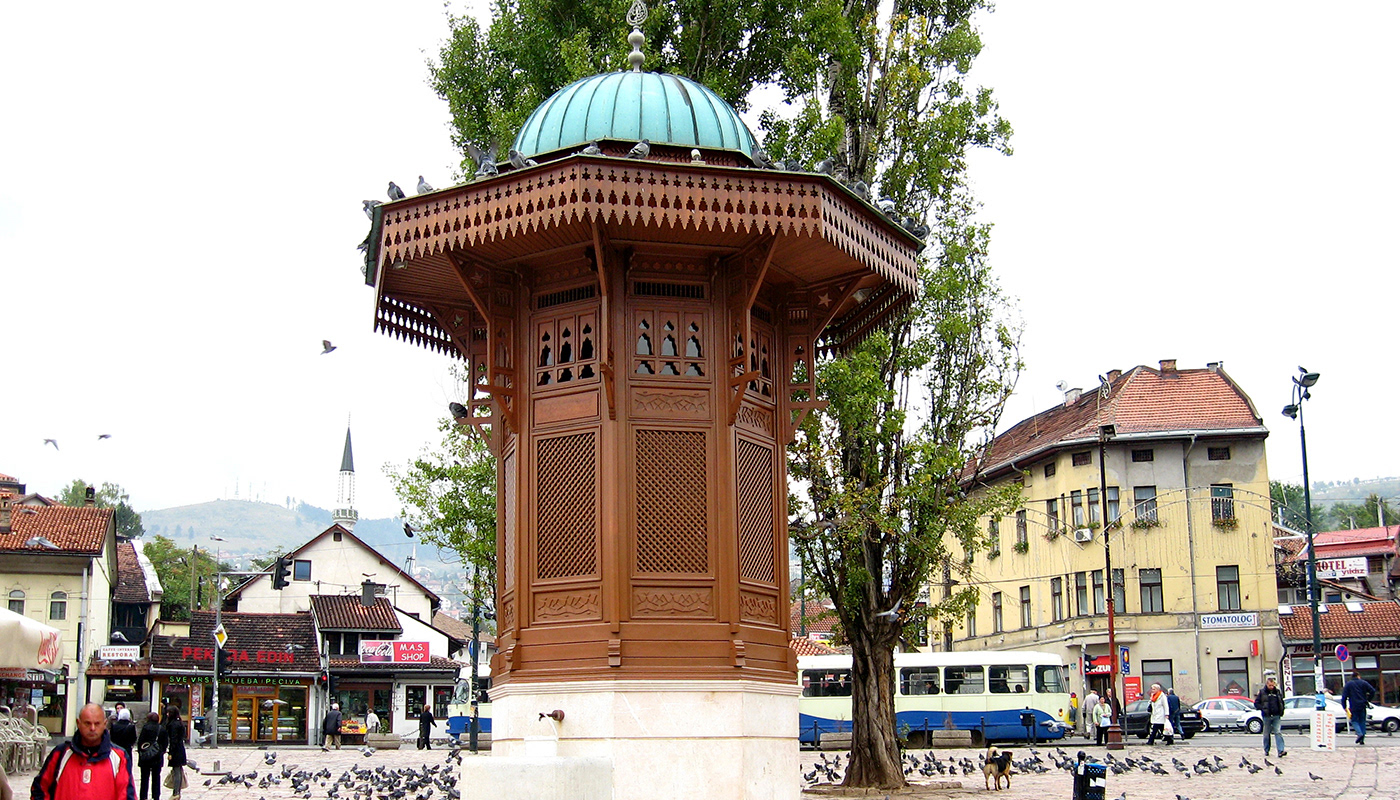
This bridge was built in the XVIth century. An inscription close to the bridge seems to attribute it to Mehmed-pasha Sokolovic. According to a local legend however the bridge was built by a shepherd boy named Mehmed.
One day he and his brother Sinan, while tending their goats, found a treasure in a cave near Jarcedol, a place overlooking the present location of the bridge. They split the treasure equally. From his money Mehmed built this bridge and Sinan built a mosque in Bistrik that became popularly known Kecedzija mosque (Kec is a Turkish word for goat). True or not, the bridge opened an important trading route to Sandzak, Macedonia and Istanbul and was frequented until the XIXth century. This was also the traditional spot for commencing pilgrimages leaving for the Hajj and was a meeting point of dignitaries coming to Sarajevo from the east.
One day he and his brother Sinan, while tending their goats, found a treasure in a cave near Jarcedol, a place overlooking the present location of the bridge. They split the treasure equally. From his money Mehmed built this bridge and Sinan built a mosque in Bistrik that became popularly known Kecedzija mosque (Kec is a Turkish word for goat). True or not, the bridge opened an important trading route to Sandzak, Macedonia and Istanbul and was frequented until the XIXth century. This was also the traditional spot for commencing pilgrimages leaving for the Hajj and was a meeting point of dignitaries coming to Sarajevo from the east.
Source (BH Tourism)
http://www.bhtourism.ba
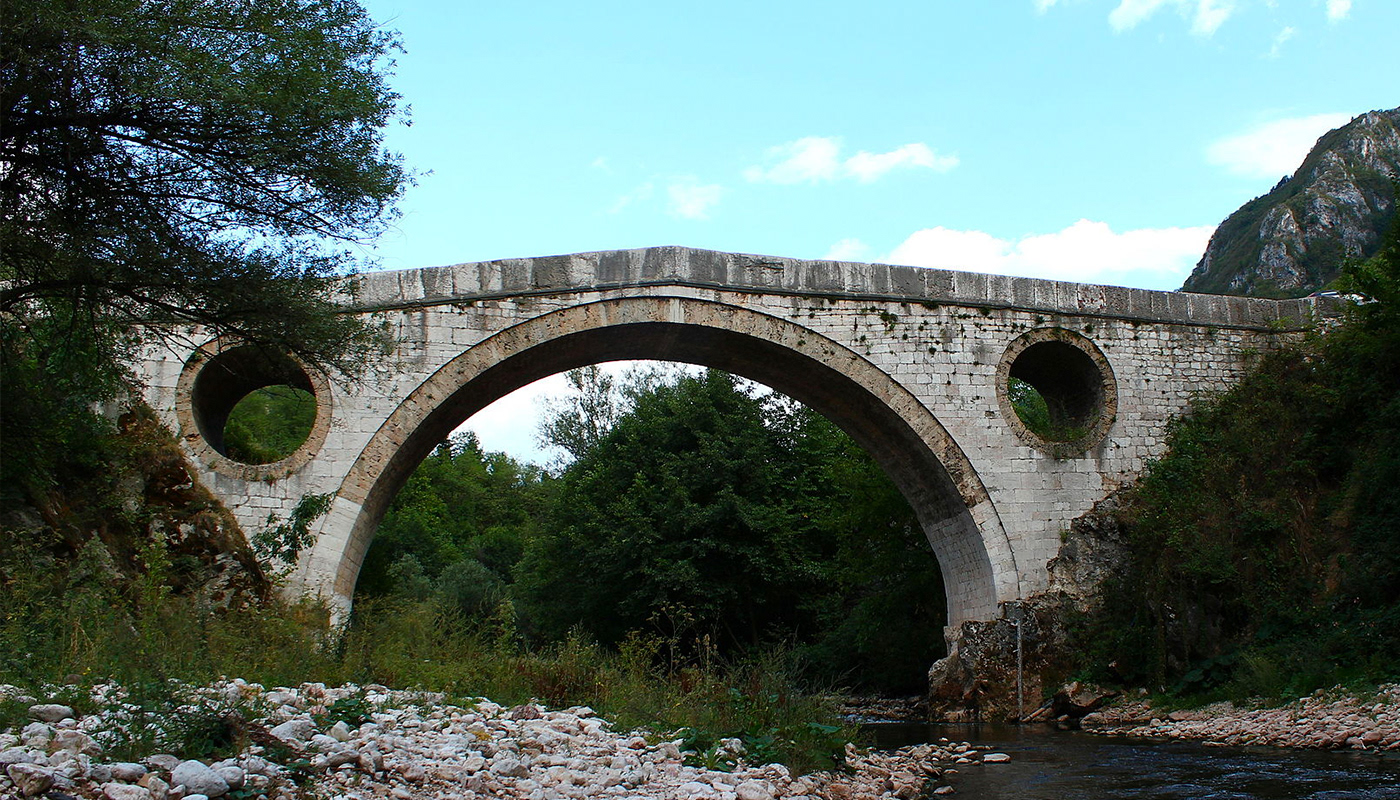
Trebević Cable Car was reconstructed between 2017 and 2018, and officially reopened on 6 April 2018. A total of 33 modern cable cars make up the new system, which can transport up to 1.200 passengers from the city to Trebević per hour, with a ride duration of nine minutes each way.
Mufid Garibija, the designer of the Trebević cable railway station and the starting station, said that the entire lane will be panoramic, and the stations and gondolas will dominate the glass, which will contribute to the enjoyment of visitors in view of Sarajevo. "Gondolas will be in the colors of the Olympic circles and will reflect the unity and multi-ethnicity of Sarajevo," said Garibija. The cable car has 33 gondolas, of which five are in the colors of the Olympic circles - blue, red, yellow, green and black, one in the color of the flag of BiH, while the other ones are black.
Source (Wikipedia)
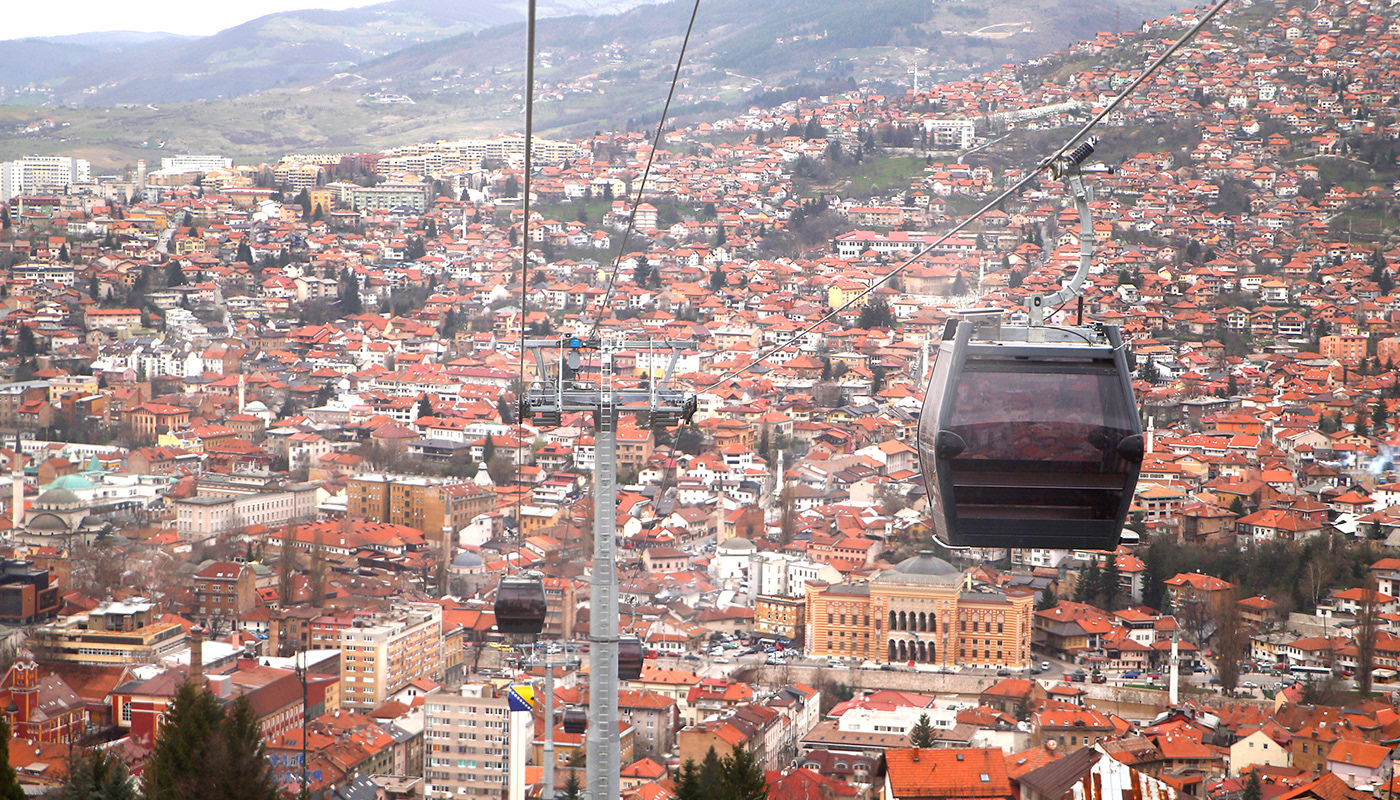
ILLUSTRATIONS

VISUAL IDENTITY

POSTER

T-SHIRT

MEDAL DESIGN
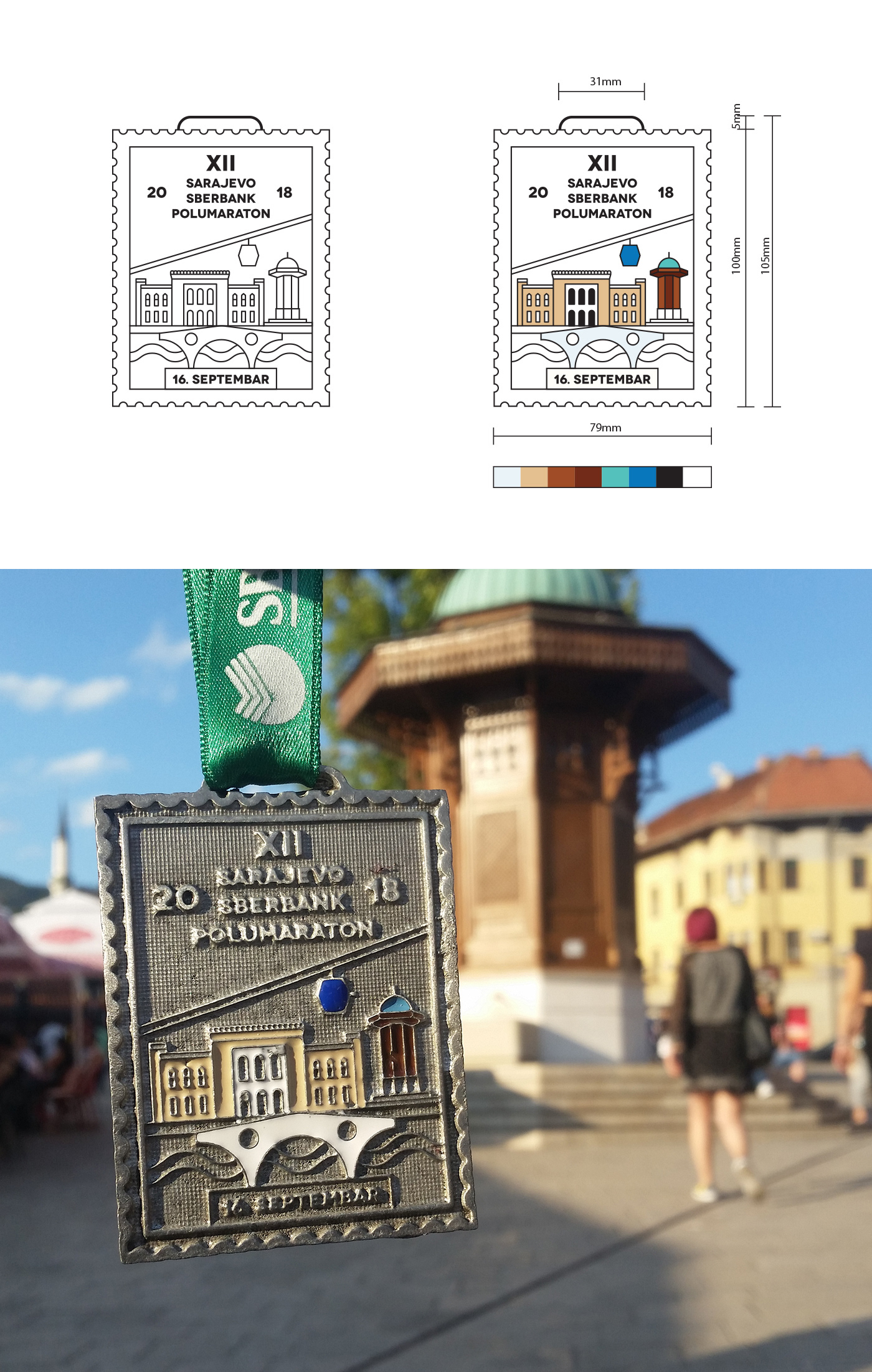
SARAJEVO HALF MARATHON MOMENTS 2018
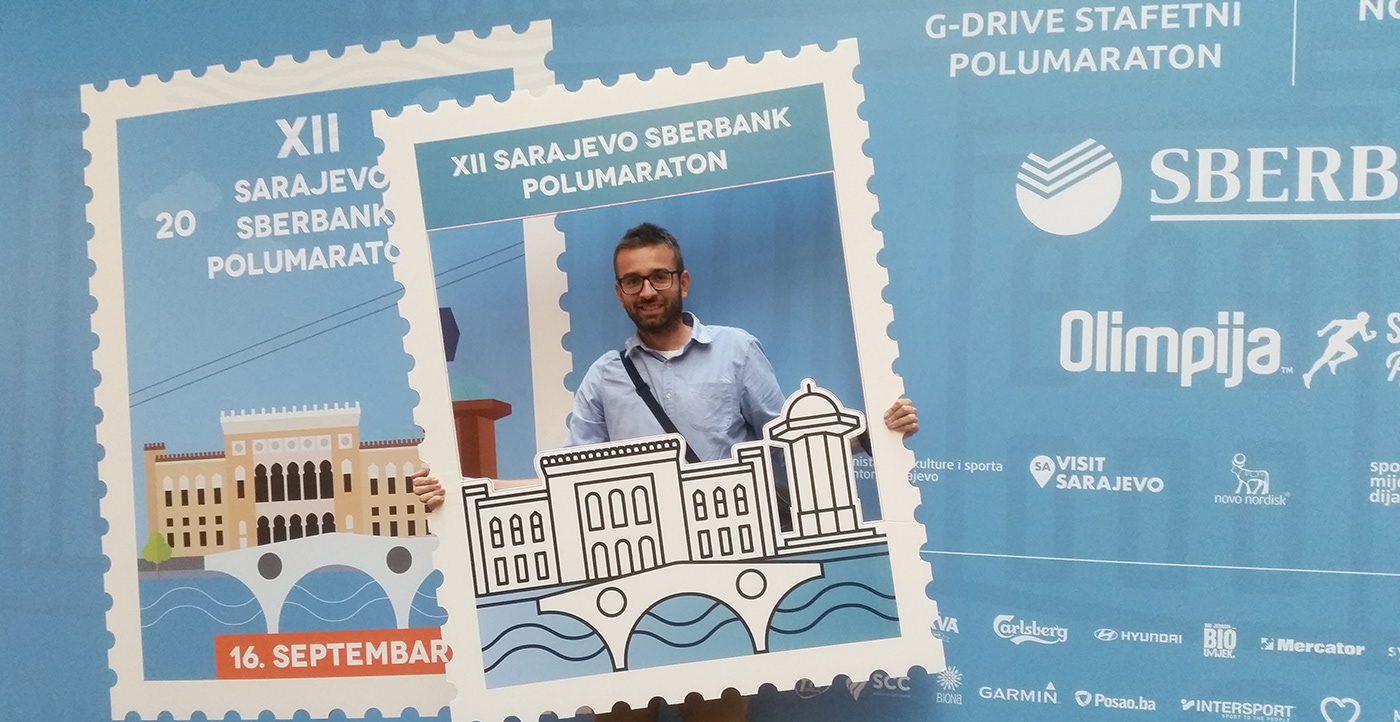



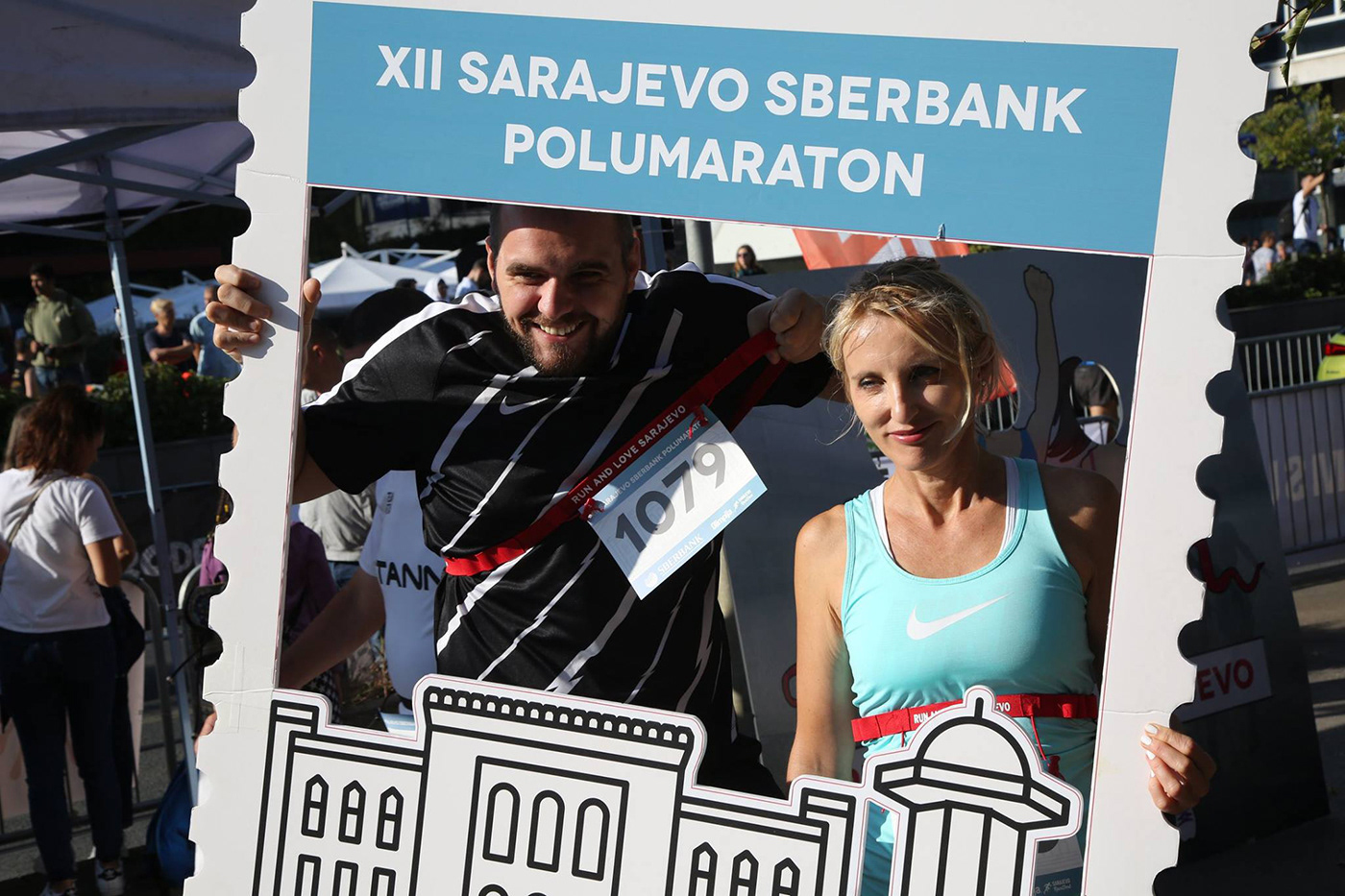

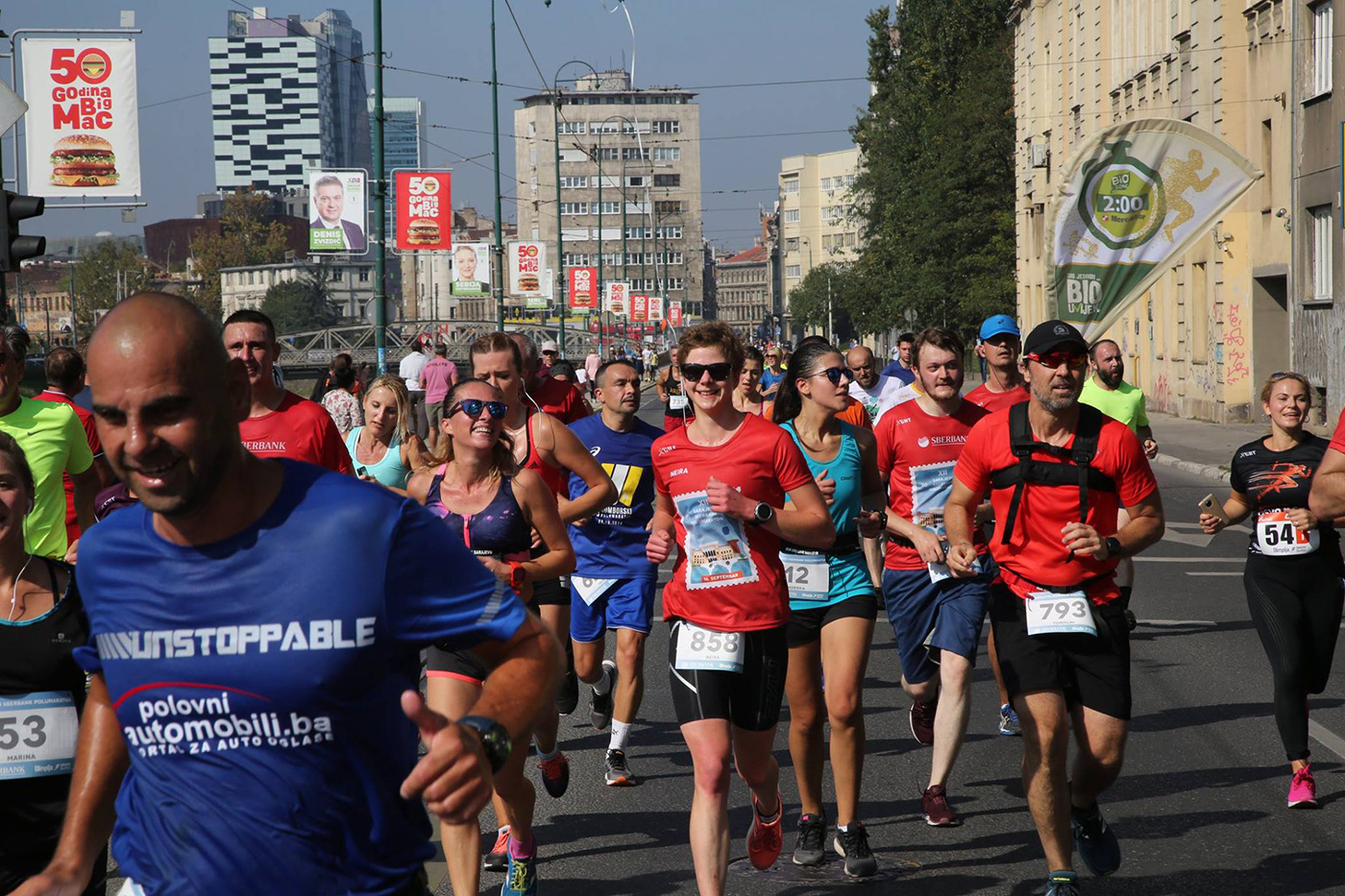
VIDEO



